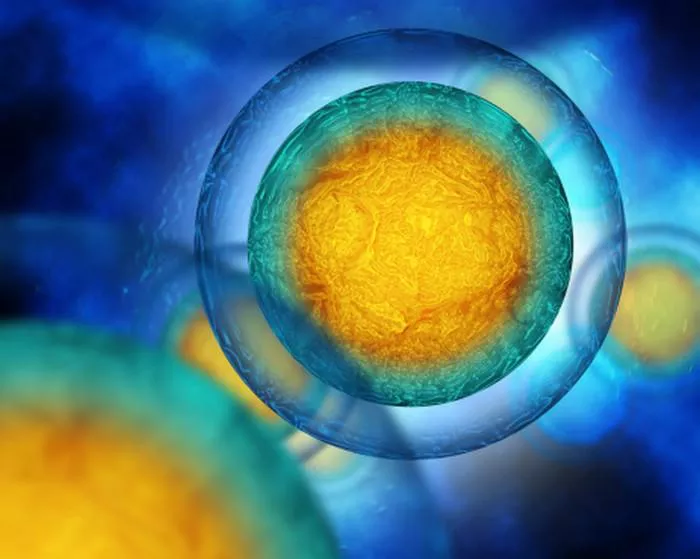The desire to start a family is a deeply personal journey that many individuals embark upon with hope and anticipation. However, for some, the path to parenthood may be accompanied by uncertainties about fertility and the ability to conceive. In recent years, the availability of at-home fertility testing has provided individuals with the opportunity to gain insights into their reproductive health from the comfort and privacy of their own homes. In this comprehensive guide, we delve into the world of at-home fertility testing, exploring the different types of tests available, how they work, their accuracy and limitations, guidance on when to seek professional help, understanding test results, and the convenience and privacy afforded by at-home testing.
Types of At-Home Fertility Tests
At-home fertility tests encompass a range of products designed to assess various aspects of reproductive health and fertility. Some common types of at-home fertility tests include:
Ovulation Prediction Kits (OPKs): OPKs are designed to detect changes in luteinizing hormone (LH) levels, which surge just before ovulation occurs. By identifying the LH surge, OPKs can help predict the most fertile days of the menstrual cycle, allowing individuals to time intercourse for optimal chances of conception.
Basal Body Temperature (BBT) Tracking: BBT tracking involves monitoring basal body temperature using a specialized thermometer. A rise in basal body temperature typically occurs after ovulation and can indicate the fertile window of the menstrual cycle.
Hormone Testing Kits: Hormone testing kits measure levels of reproductive hormones, such as follicle-stimulating hormone (FSH), luteinizing hormone (LH), estradiol, and progesterone. These kits can provide insights into hormonal balance, ovarian function, and ovulation.
Semen Analysis Kits: Semen analysis kits allow individuals to assess sperm count, motility, and morphology at home. These kits typically involve collecting a semen sample and performing a series of tests to evaluate sperm parameters.
How At-Home Fertility Tests Work
At-home fertility tests are designed to be user-friendly and accessible for individuals seeking to assess their reproductive health. The process of using these tests may vary depending on the type of test and manufacturer instructions. Generally, at-home fertility tests involve the following steps:
Read the Instructions: Begin by carefully reading the instructions provided with the test kit. Pay attention to any specific guidelines for sample collection, testing procedures, and interpretation of results.
Collect Samples: Depending on the type of test, individuals may need to collect samples of urine, saliva, or semen. Follow the instructions provided to ensure accurate sample collection.
Perform the Test: Use the provided test materials or devices to perform the test according to the instructions. This may involve dipping test strips into urine or saliva samples, recording basal body temperature readings, or analyzing semen samples using provided tools.
Interpret the Results: After performing the test, interpret the results based on the guidelines provided in the instructions. Results may be displayed as color changes on test strips, numerical values, or visual indicators.
Accuracy and Limitations
While at-home fertility tests offer convenience and accessibility, it’s essential to understand their limitations and potential drawbacks compared to clinical evaluations. Some factors to consider include:
Accuracy: At-home fertility tests may provide valuable insights into reproductive health, but their accuracy may vary depending on factors such as test quality, user error, and individual variability. It’s important to interpret results cautiously and consider consulting a healthcare professional for confirmation or further evaluation.
Limited Scope: At-home fertility tests may assess specific aspects of reproductive health, such as ovulation timing or hormone levels, but they may not provide a comprehensive assessment of fertility. Clinical evaluations conducted by healthcare professionals may offer a more thorough evaluation of fertility status and potential underlying issues.
False Positives or Negatives: At-home fertility tests may occasionally yield false positive or false negative results, leading to confusion or misinterpretation. Factors such as timing of testing, user technique, and individual variability can influence test results.
Conclusion
In conclusion, at-home fertility testing can be a valuable tool for individuals seeking to gain insights into their reproductive health and fertility potential. By understanding the different types of at-home fertility tests available, how they work, their accuracy and limitations, when to seek professional help, interpreting test results, and the privacy and convenience afforded by at-home testing, individuals can take proactive steps toward understanding and optimizing their fertility health.
























